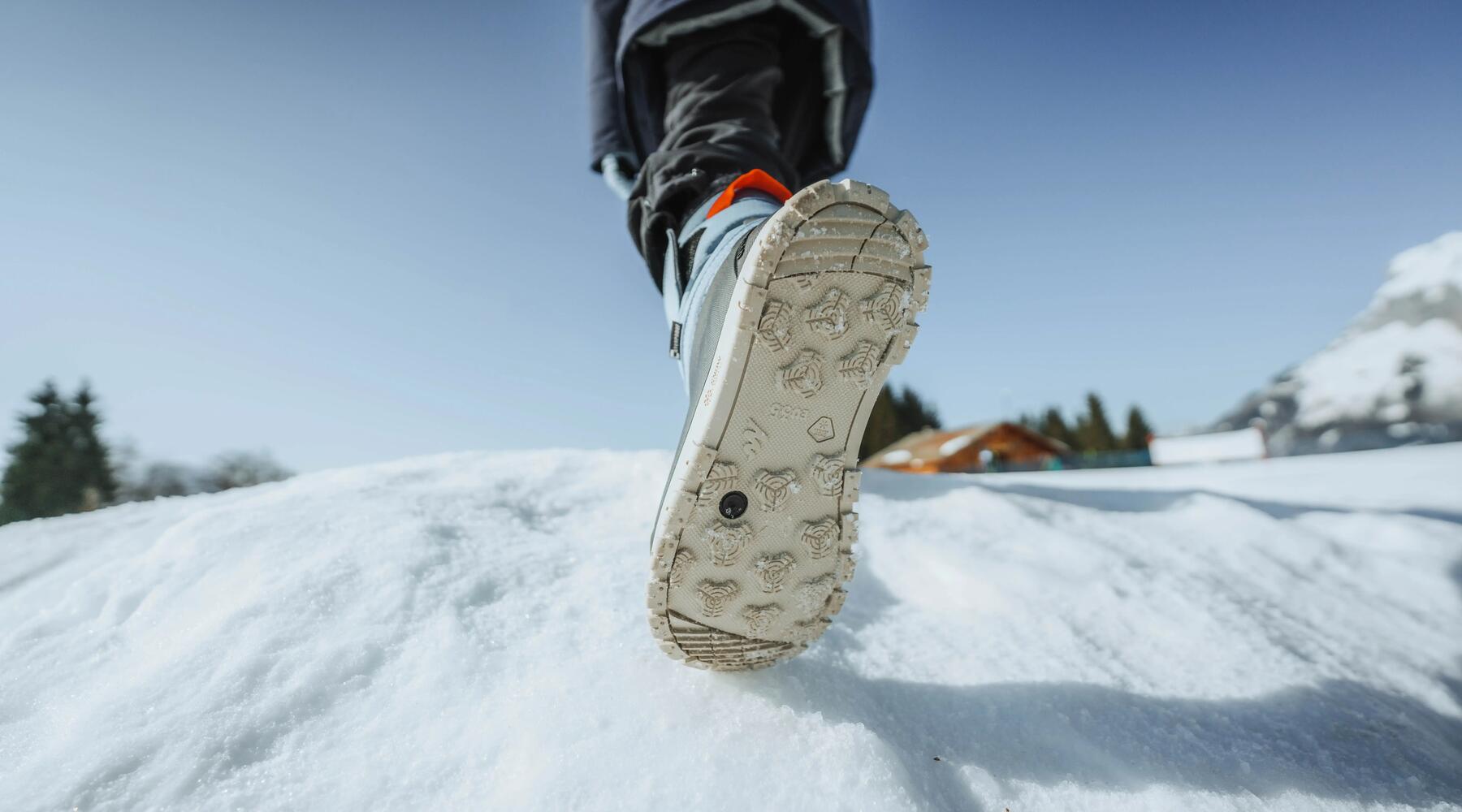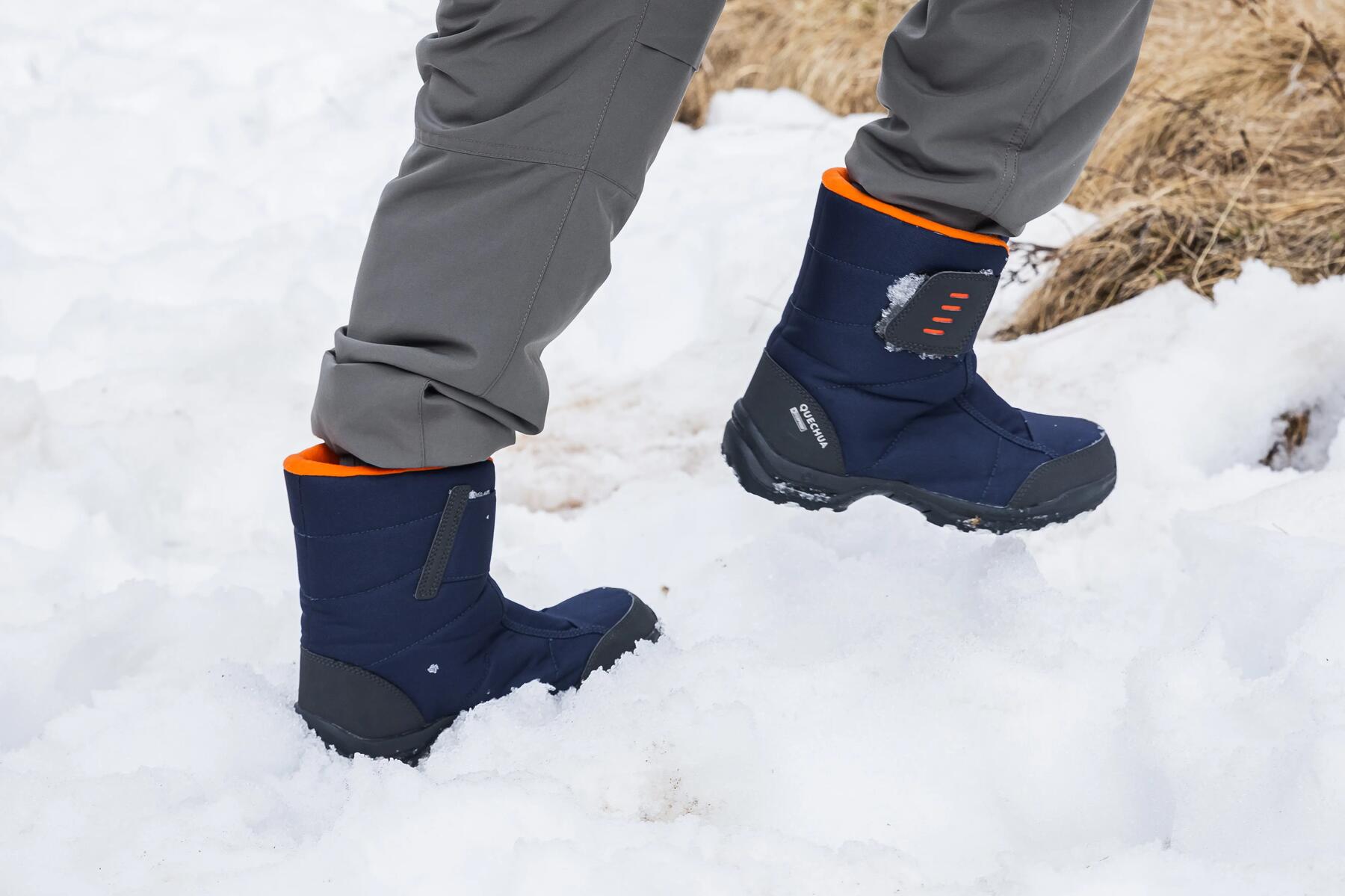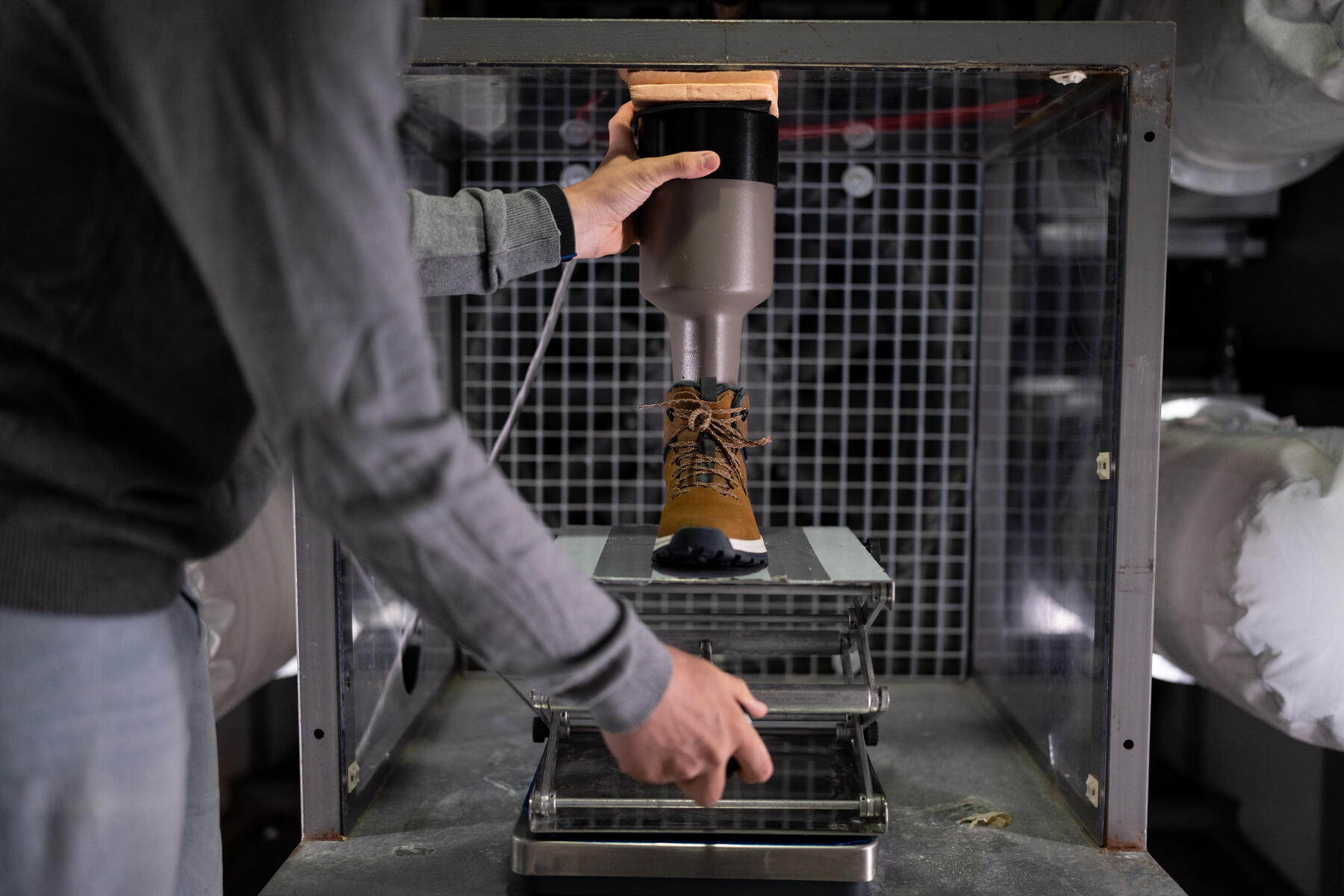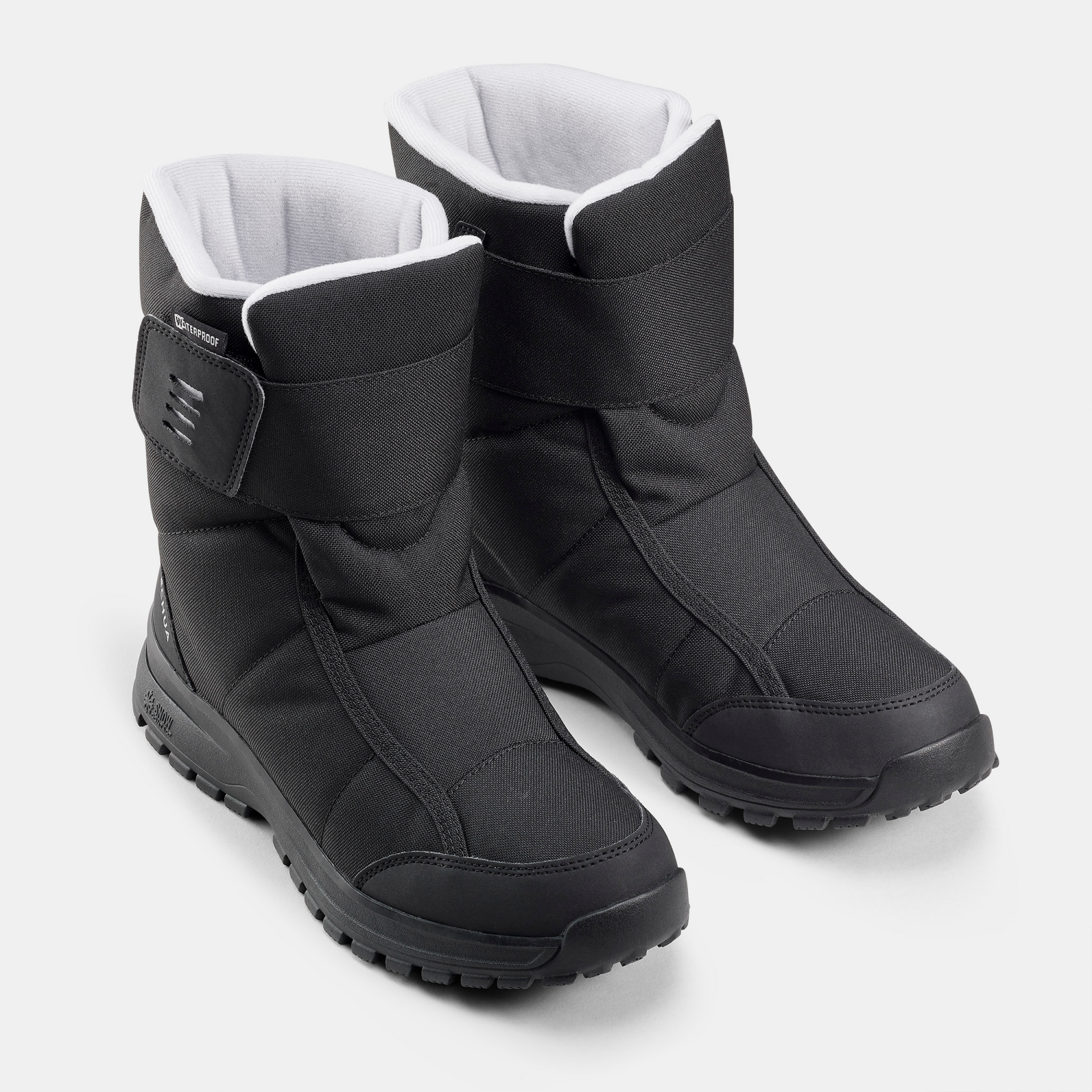1. Usage
Greater comfort and freedom of movement is required when walking across lowland. On the contrary, when mountain hiking, you will also need the support of a warm shoe

Greater comfort and freedom of movement is required when walking across lowland. On the contrary, when mountain hiking, you will also need the support of a warm shoe

The duration of outings is often linked to level:
SHORT PERIOD
Less than 3 hours, heel cushioning is adequate.
MEDIUM LONG PERIODS
Over 3 hours, you will require built-in cushioning.

Some people plan outings dependent on good weather, others are more daring. Which category do you generally fall in?

Leather hiking boots - SH500 MID

Snow Hiking Boots - SH100 ULTRA-WARM

Snow hiking boots SH500 Mid QLT

If you are planning to see the aurora, you may have the chance to expose in cold weather for a long time, it is essential to keep your feet warm.

There is a waterproof and breathable membrane inside the shoes, its keeps your feet dry and evaporate moisture out of the shoes.

The SNOWCONTACT soles are designed using a specific component and a lug pattern that is designed to provide the best possible grip and traction. SNOWCONTACT soles are more effective than traditional soles on snow. When used on ice, optimum safety can only be ensured by adding non-slip grips.

Waterproof Hiking Boots - SH100 ULTRA-WARM

Snow boots - SH500 high - lace-up

Snow Hiking Boots SH100 X-Warm Rip-tab